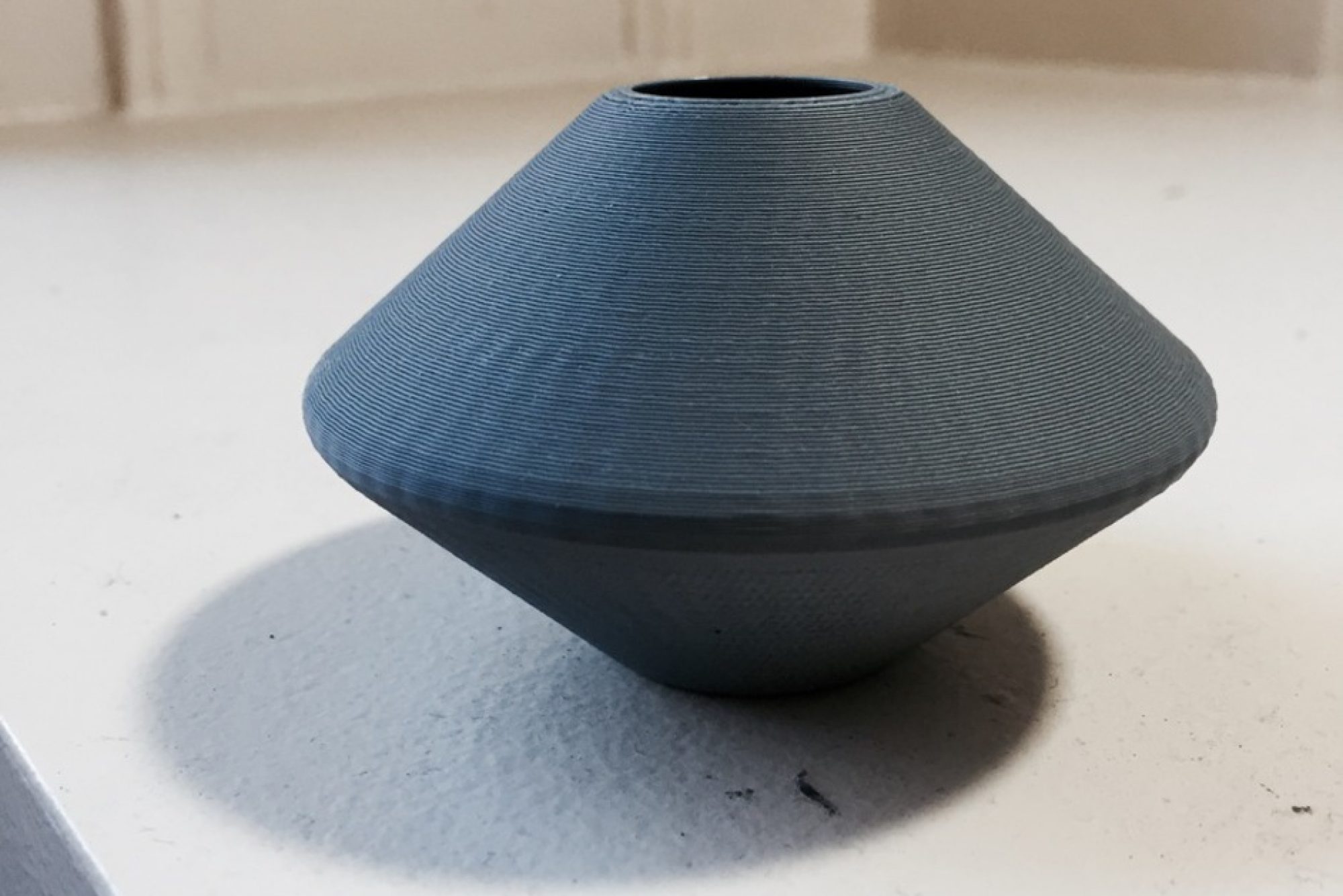Overview
This Tutorial reviews some of the more common 2D Geometry Commands. Creating 2D Line Geometry provides a fundamental platform for 3D Modeling and Digital Fabrication Workflows. To begin, Users should understand how Line Geometry is defined. Every Line and/or Curve, is defined by Points- there is always a Start Point, and End Point. Some Geometry requires additional defining Point Geometry- such as Curves or Arcs. Even still, some commands use Point Locations to define specific Measurements, such as a Circle’s Center Point to Radius. Regardless of the scenario, it is important to understand that Point Geometry defines Line Geometry.
LINE
Menu Location: Curve > Line > Single Line
This command creates a Single Line, by indicating a Start Point, and an End Point. The command terminates itself after both Points are defined.
EXTEND
Menu Location: Curve > Extend Curve > Extend Curve
Use the EXTEND Command to lengthen, or shorten a Line. Pay attention to your command prompt, this will provide you with vital information on how the command is completed. You can indicate a Boundary Curve or Point to EXTEND to; or you can EXTEND Dynamically. As a final option, you may simply type in a value for your extension length.
POLYLINE
Menu Location: Curve > Polyline > Polyline
Polylines, simply put, are multiple line segments- strung together by their Start and End Points. Ultimately, the Command begins by defining a Start Point. Define the End Point, and this becomes the Start Point for your next Line Segment. Terminate the Command by pressing ENTER.
RECTANGLE
Menu Location: Curve > Rectangle > Corner to Corner
The RECTANGLE Command creates a closed, rectangular polyline. Begin by indicating a Corner, then define the Second Corner to terminate the command.
POLYGON
Menu Location: Curve > Polygon > Center, Radius
Creating a Polygon, will require some additional input within the Command Prompt. Begin the Command by indicating a Center Point; within the Command Prompt, you may change the Number of Sides by providing a numeric value. The Command terminates after defining a Radius.
CIRCLE
Menu Location: Curve > Circle
By default, the CIRCLE Command operates similarly to that of the POLYGON Command- in which the User defines the Center Point first, then the option of defining the CIRCLE by Radius, or Diameter , is provided within the Command Prompt.
ELLIPSE
Menu Location: Curve > Ellipse
Ellipses are defined by a Center Point, then two additional values define the measurement of the Ellipse’s ‘X’ Axis, and ‘Y’ Axis.
OFFSET
Menu Location: Curve > Offset > Offset Curves
Offsetting Curve Geometry duplicates a curve so that all locations on the copied curve are a specified distance from the original curve. You have the option of defining the distance, and the side to which the Curve Offsets- but you can also OFFSET a Curve to Both Sides, by selecting the ‘Both Sides’ Option (during your operation) within your Command Prompt
FILLET
Menu Location: Curve > Fillet Curves
A Fillet (pronounced FILL – IT) requires two Curves to be completed successfully. This will create a tangential arc between the two curves- simply put, you will have a rounded corner. The Command requires input for the Radius of the Arc- but be careful, too small or too large of a Radius will result in a Fillet that won’t work.
FILLETCORNERS
Menu Location: Curve > Fillet Corners
In the event that you have a Polyline or a Polygon with multiple Corners, you can call the FILLETCORNERS Command. This will function exactly as the Fillet Command, but will process a Fillet on all existing Corners of your Line Geometry.
CHAMFER
Menu Location: Curve > Chamfer Curves
Chamfering is similar to a Fillet, however, it creates a Line Segment between two Curves, instead of an Arc. This will leave you with an Angled Corner- and the Command requires (2) Distance Values to successfully complete. This Command is best experienced, rather than explained.
END
